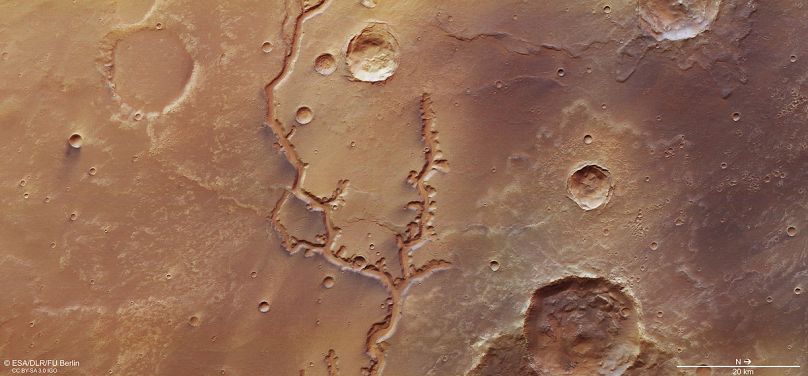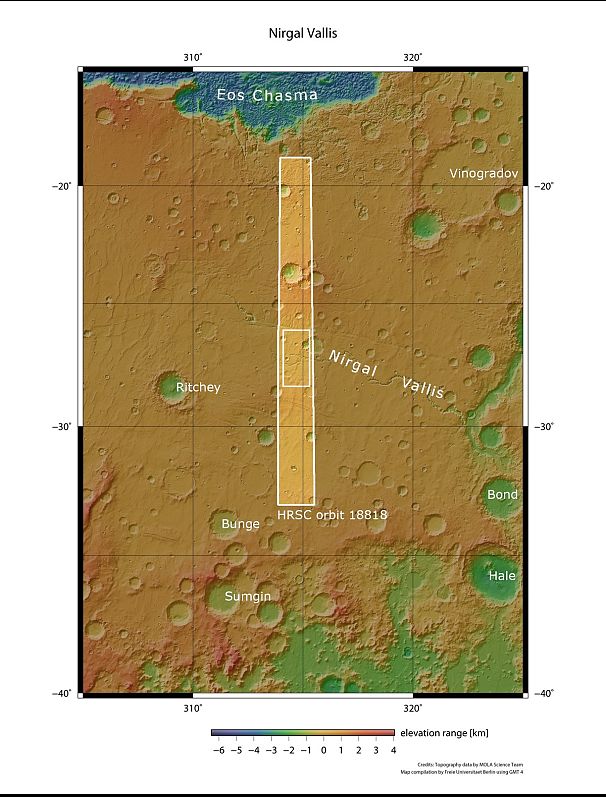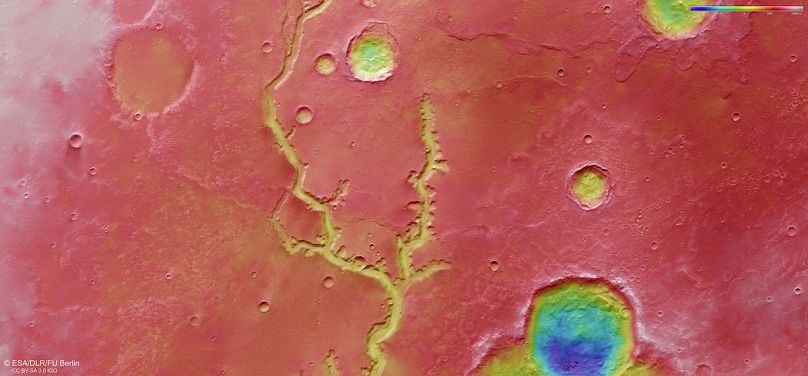ESA probe captures new photos of 700km dried-up river system on Mars
While you might think of the surface of Mars as an other-worldly landscape, new photographs show it doesn't look as different as we might think to our own environment.
The European Space Agency (ESA) has released pictures of an ancient, dried-up river system that stretches out for nearly 700 kilometres across the surface of Mars, which is surprisingly earth-like in appearance.
One of the longest valley networks on the planet, around 3.5 billion to 4 billion years ago, the vast valleys were filled with water forming large rivers.
The Nirgal Vallis region shown in the new images from ESA’s Mars Express spacecraft lies just south of the planet’s equator.
This area of Mars' landscape was shaped by a mix of flowing water and impacts where rocks from space crashed into the martian plane.
A number of impact craters of varying sizes can be seen dotted across the surface of the planet.
The existence of ancient rivers on Mars shows that it once had a much warmer, wet and Earth-like climate.
Valleys pictured on the ESA photographs are around 200m deep and 2km wide — valleys like this are often found on Earth, including those in the Chilean Atacama Desert, the Colorado Plateau, and on the islands of Hawaii.
Scientists said they think that Nirgal Vallis formed in a similar way to these morphologically similar valleys on Earth.
ESA said it is likely the water on ancient Mars was topped up by a mix of precipitation and water from the surrounding terrain.
The Mars Express spacecraft captured these observations using its High-Resolution Stereo Camera, which the ESA is using to mapping the whole surface Mars in full colour and high resolution.














